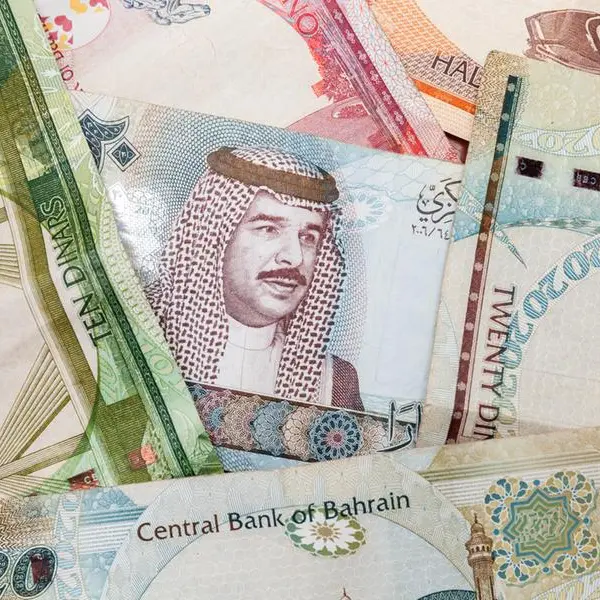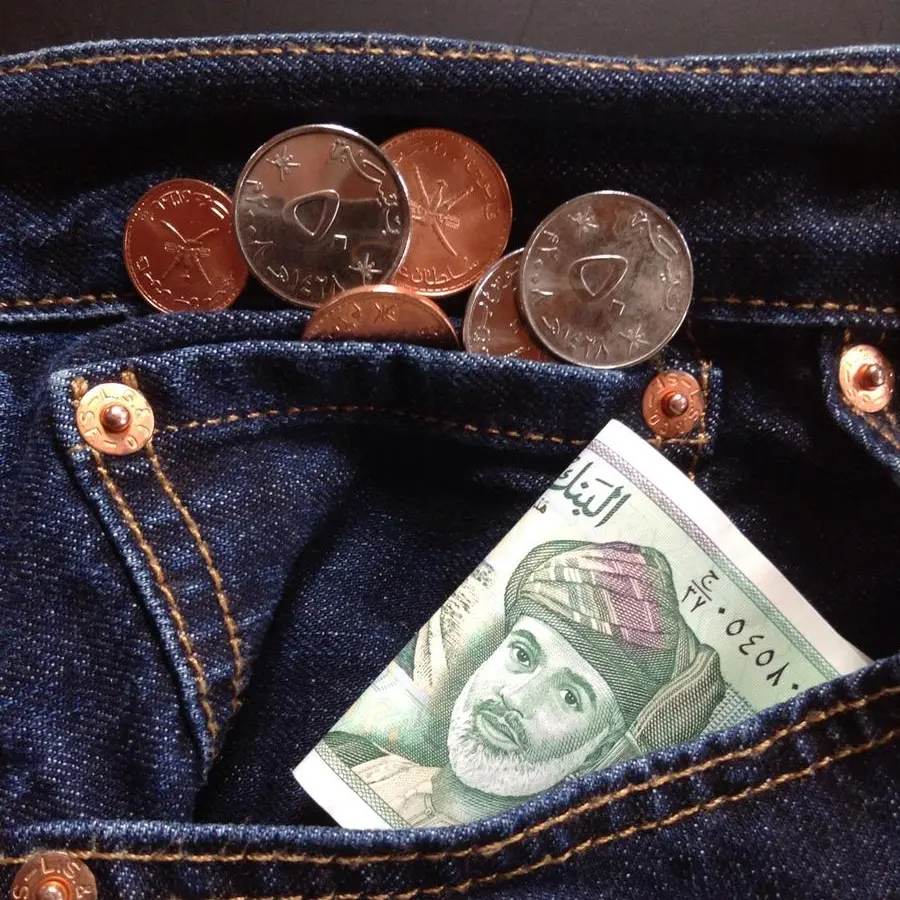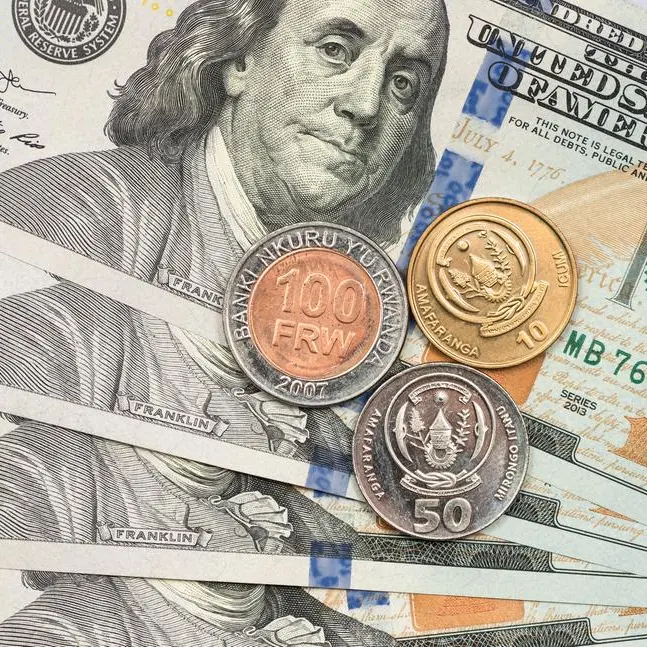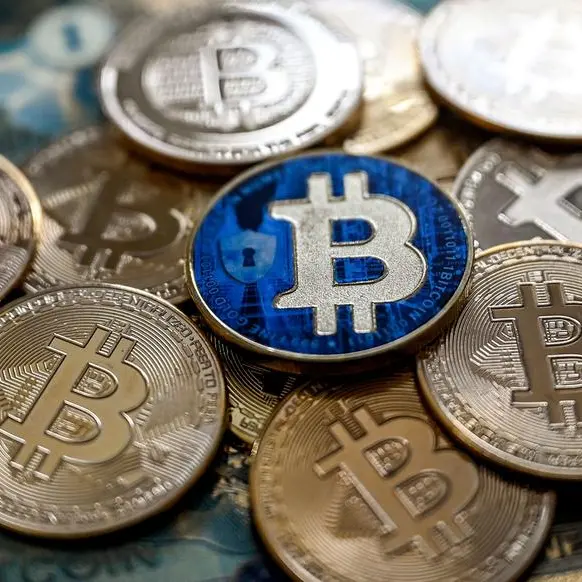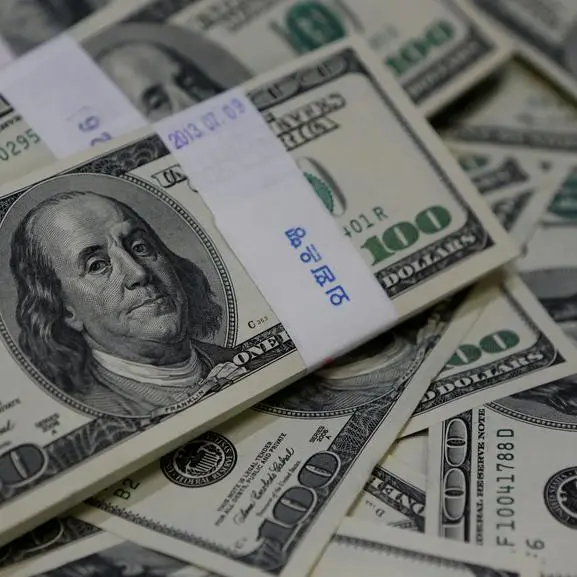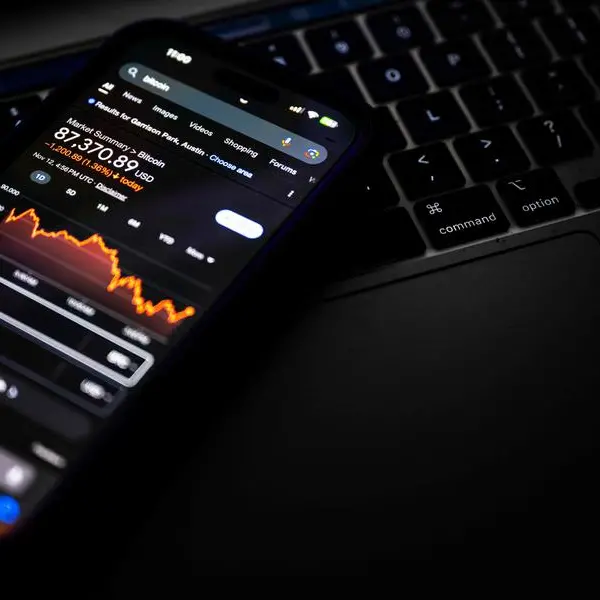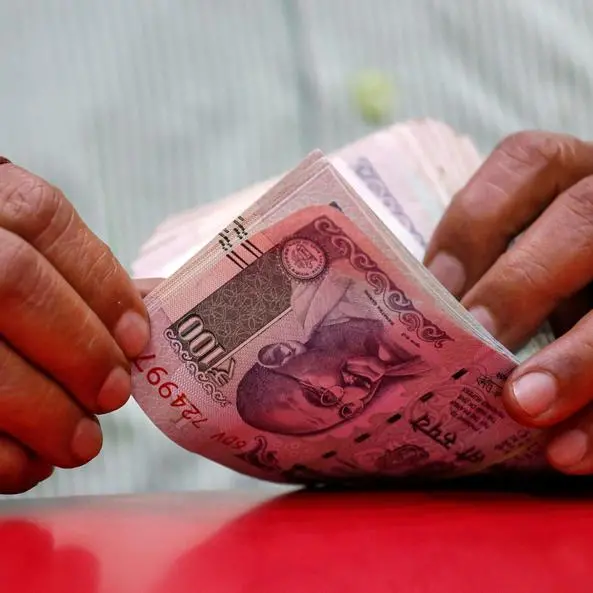PHOTO
The dollar struggled for direction on Tuesday as investors stuck to their views of the expected timing of Federal Reserve monetary easing this year.
Cryptocurrencies rallied, led by a surge in ether on good risk appetite and growing anticipation of an impending approval of spot ether exchange-traded funds (ETFs) by the U.S. Securities and Exchange Commission (SEC).
The euro edged 0.06% higher to $1.0860.
Investors expect Thursday's data from the European Central Bank negotiated wage tracker and euro zone Purchasing Managers' Index (PMI) to provide further clues about the monetary cycle in the euro area.
Meanwhile, with little on the U.S. economic data calendar this week to guide the direction of the dollar, investors' focus is turning to a slew of Fed speakers.
Several officials on Monday called for continued policy caution, even after data last week showed an easing in consumer price pressures in April.
Money markets priced in 42 bps of Fed rate cuts in 2024 -- implying one 25 bps reduction and a 68% chance of a second move by December -- from fully pricing two cuts before recent hawkish comments from central bank officials.
Some analysts highlighted that Atlanta Fed President Raphael Bostic made dollar-positive remarks when he cautioned that the Fed's benchmark rate would likely end up at a higher steady rate than in the past decade.
With few data releases of note, "the dollar's rebound will have to wait for a more extensive washout of long positioning," said Themistoklis Fiotakis, head of forex strategy at Barclays.
"In the absence of a compelling case for an abrupt U.S. slowdown or a global growth rebound, we still think more policy divergence needs to be priced in between the U.S. and other major central banks, ultimately favouring fresh longs," he added.
Against a basket of currencies, the dollar dropped 0.08% at 104.52.
On the data front, the focus will now be on the Personal Consumption Expenditures (PCE) price index report - the Fed's preferred gauge of inflation - due on May 31.
In the cryptoverse, ether jumped 4.5% to $3.663.40 after hitting a more than one-month high of $3,720.80. It surged nearly 14% in the previous session - its largest daily percentage gain since November 2022.
Bitcoin broke above the $70,000 level and was last trading 2% higher at $71,128.
"It's absolutely flown," said Tony Sycamore, a market analyst at IG. "I think it's partly to do with that speculation, but also to do with that core (U.S.) inflation data last week that's boosted risk sentiment and obviously brought rate cuts back into play."
Against the yen, the dollar dropped 0.13% to 156.41, not far from its lowest in over 30 years at around 160, while Japan's 10-year bond yield hit a fresh 11-year high at 0.983%.
Fears of further intervention from Japanese authorities deterred traders from pushing the yen to new lows. However, the still-stark interest rate differentials between the U.S. and Japan maintained the appeal of the yen as a funding currency.
"The big question at the moment is whether the gigantic Japanese government debt, approximately 240% of Japanese GDP, will remain refinanceable even if the Bank of Japan (BoJ) is no longer available as the ultimate buyer," said Ulrich Leuchtmann, head of forex and commodity research at Commerzbank.
Leuchtmann pointed out that the BoJ has communicated for some time that 1% is not a fixed upper limit for 10-year yields.
The New Zealand dollar fell 0.02% to $0.6103, while the Aussie slipped 0.03% to $0.6656.
Minutes of the Reserve Bank of Australia's May meeting out on Tuesday showed the central bank decided to stand pat on interest rates in part to avoid "excessively fine-tuning" policy, but judged a hike might be needed if forecasts on inflation proved too optimistic.
(Reporting by Stefano Rebaudo and Rae Wee; Editing by Shri Navaratnam, Kim Coghill and Susan Fenton)


